I'm trying to solve the following problem:
x <- c(0.11557577149788574,2.1552479877306925,2.5505873377321175,1.0995198836006757,3.710225290286669,2.386870541964232,0.11557577149788574,0.11557577149788574,2.1552479877306925,2.5505873377321175,1.0995198836006757,3.710225290286669,2.386870541964232,0.11557577149788574)
y <- c(16500,11500,11500,13630,7000,11995,13490,16500,11500,11500,13630,7000,11995,13490)
df <- data.frame(x, y)
m <- nls(y ~ I(a*exp(-b*x)+c), data=df, start=list(a=14000, b=1, c=100), control=nls.control(maxiter=10000, minFactor=1e-7, tol=1e-5, printEval=F, warnOnly=F))
But, even if I try to change the start values and the nls control no value is returned. What I'm doing wrong? I need more points to solve that problem?
Thank you!

